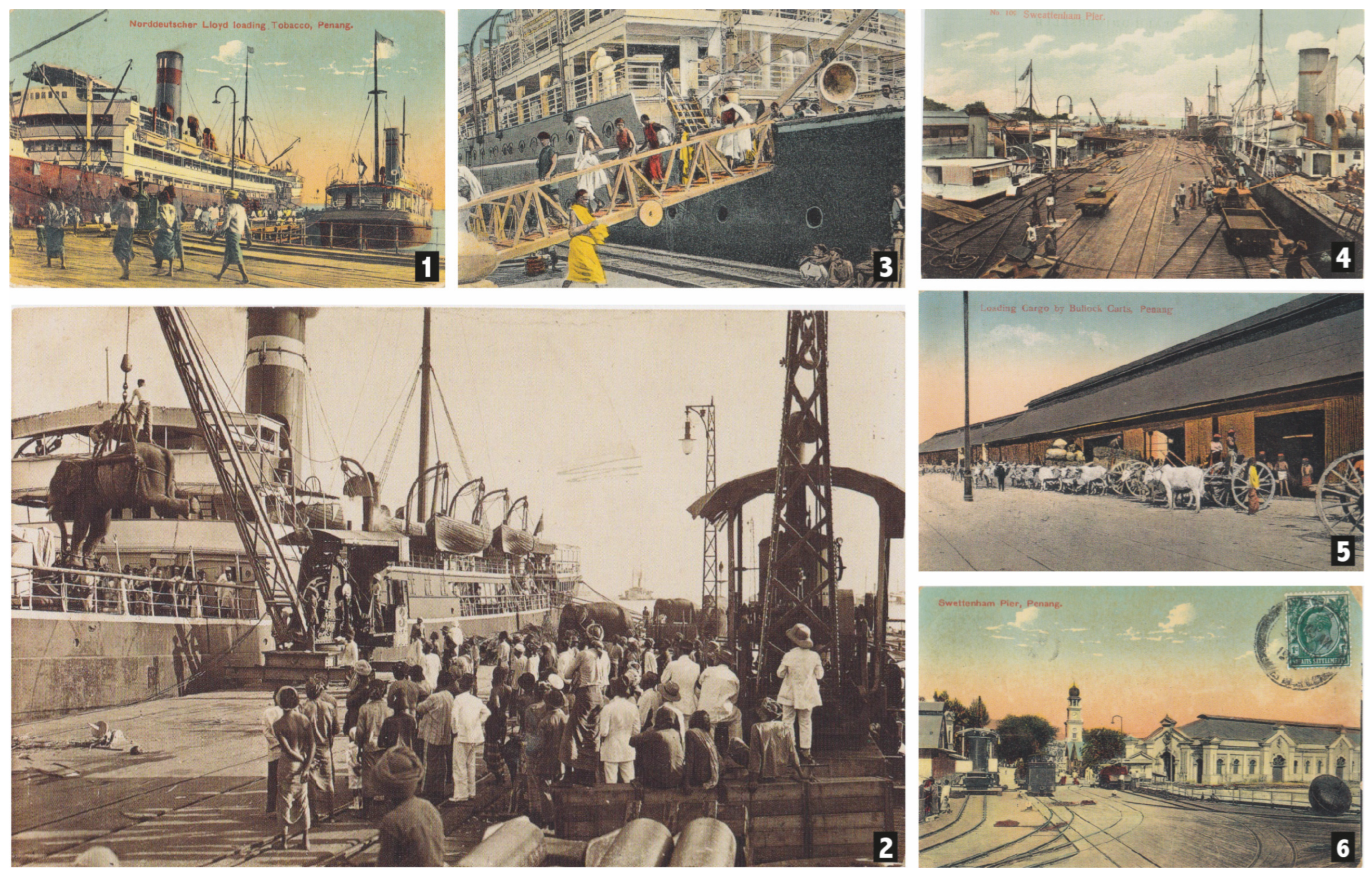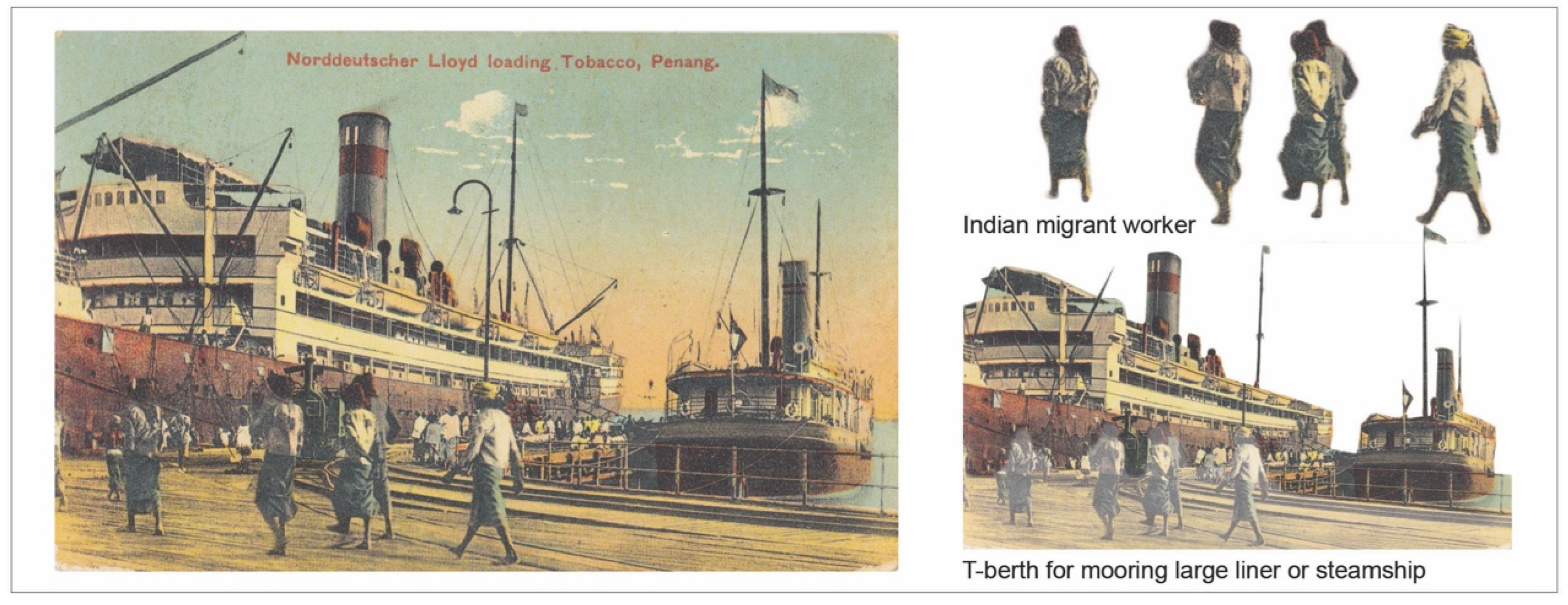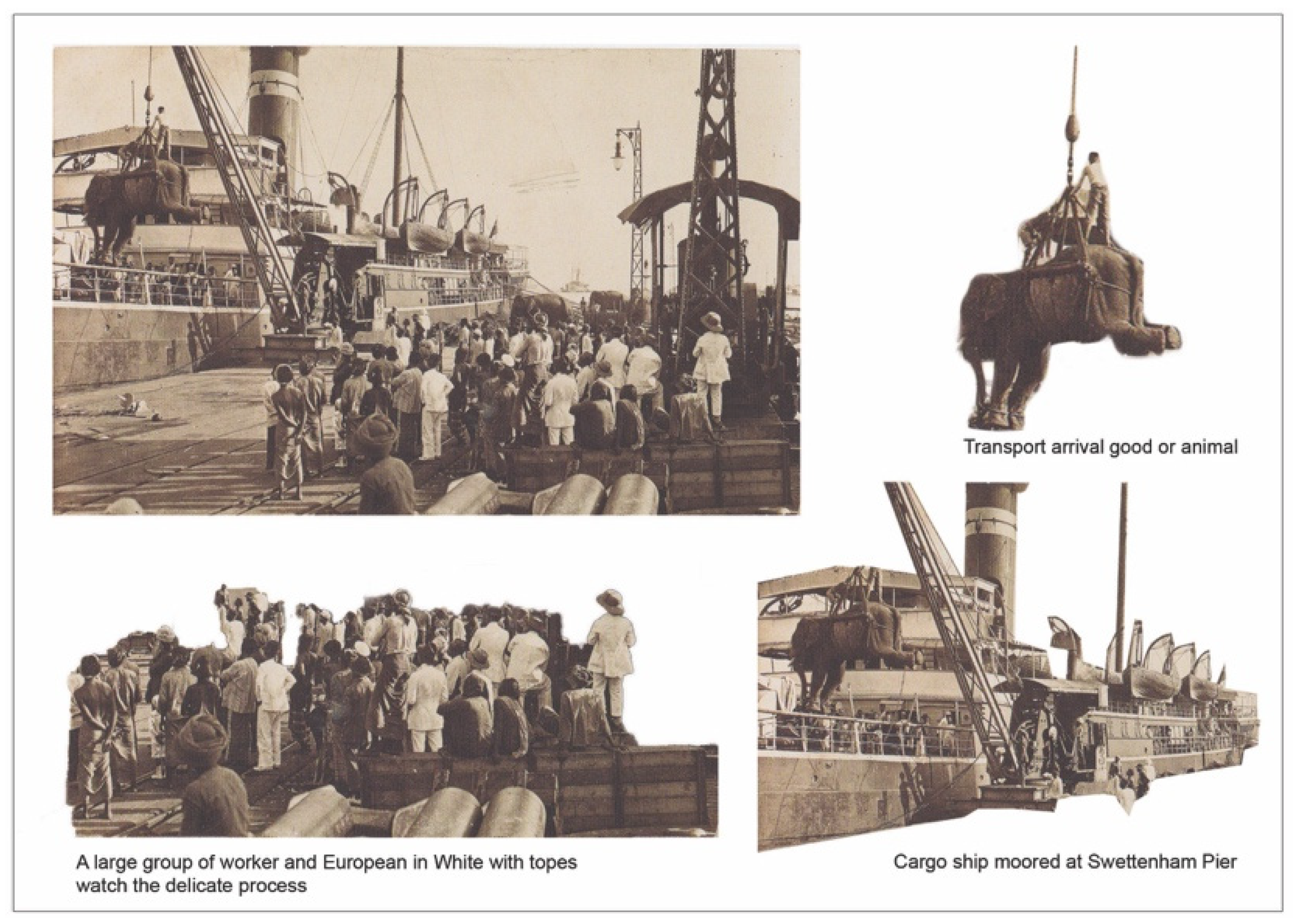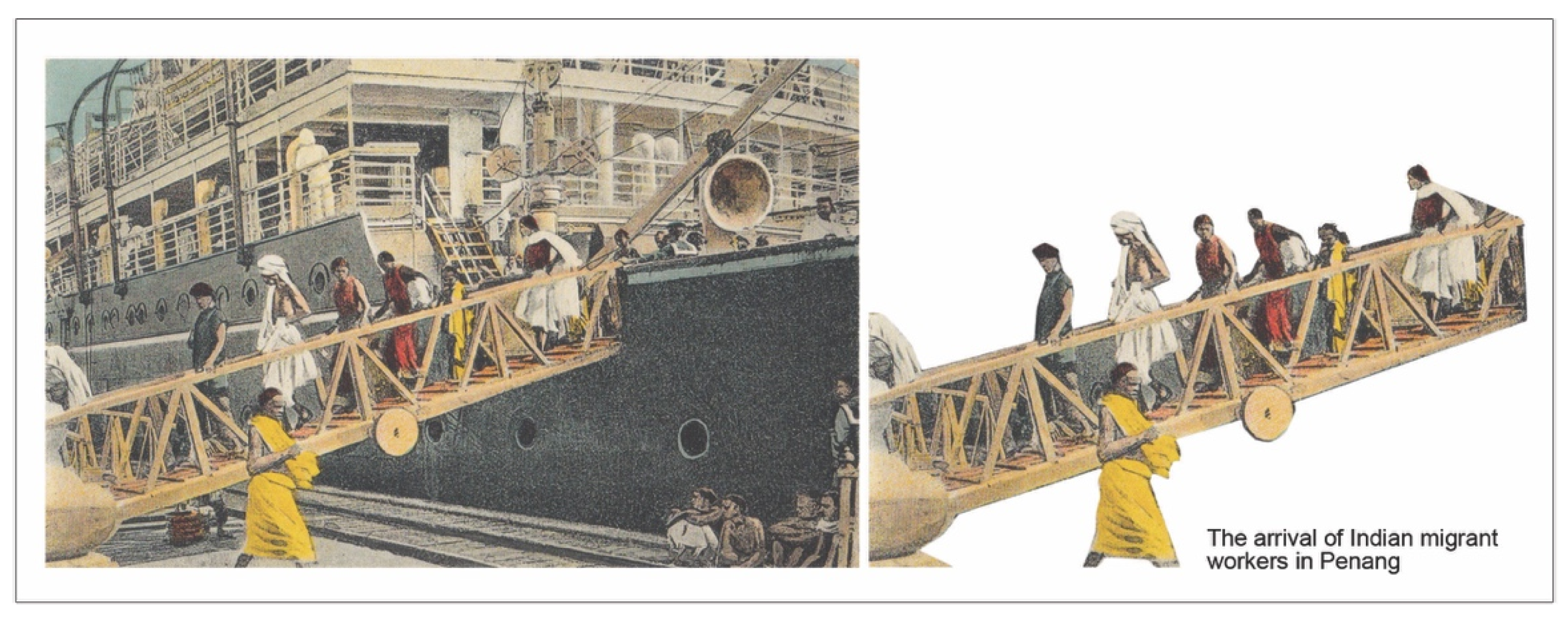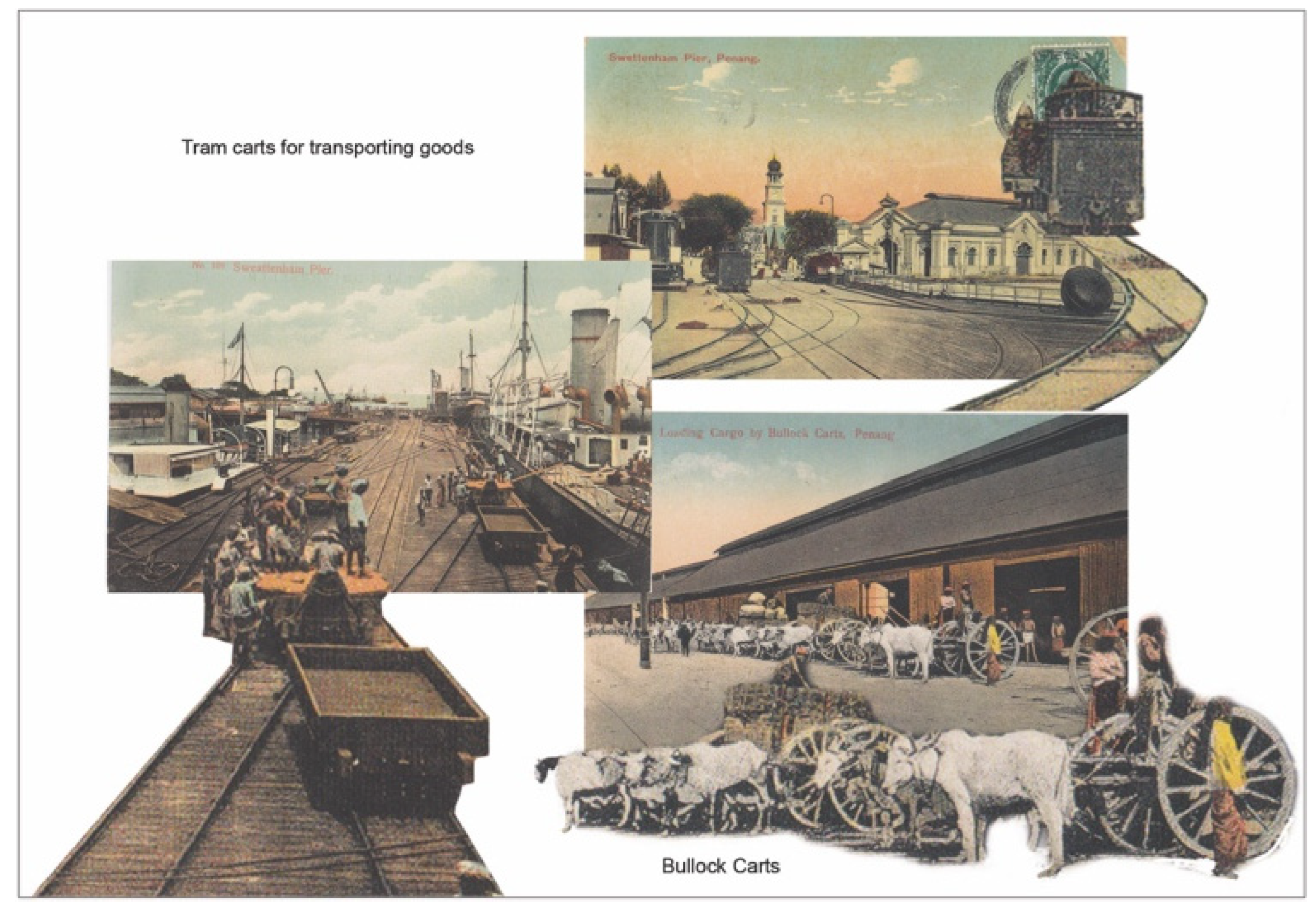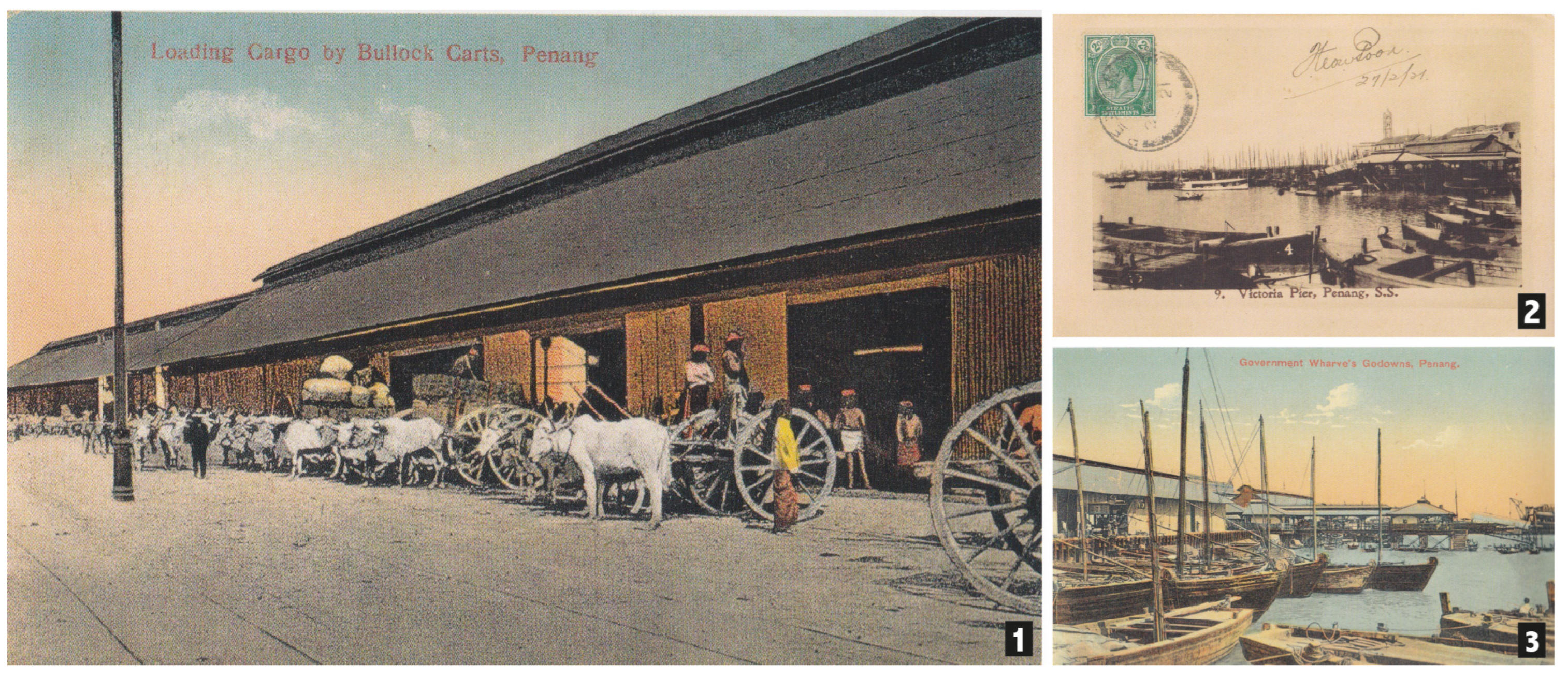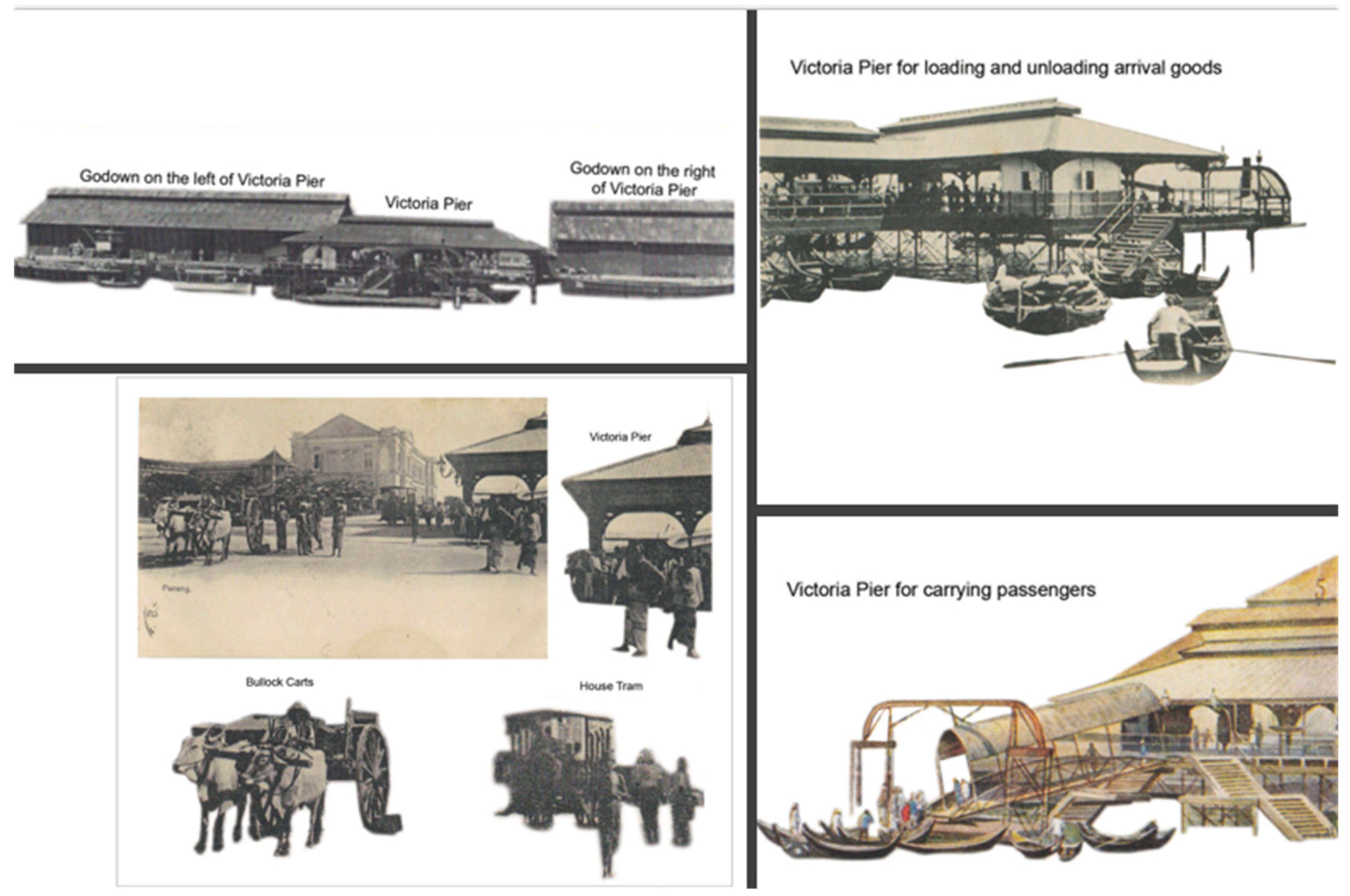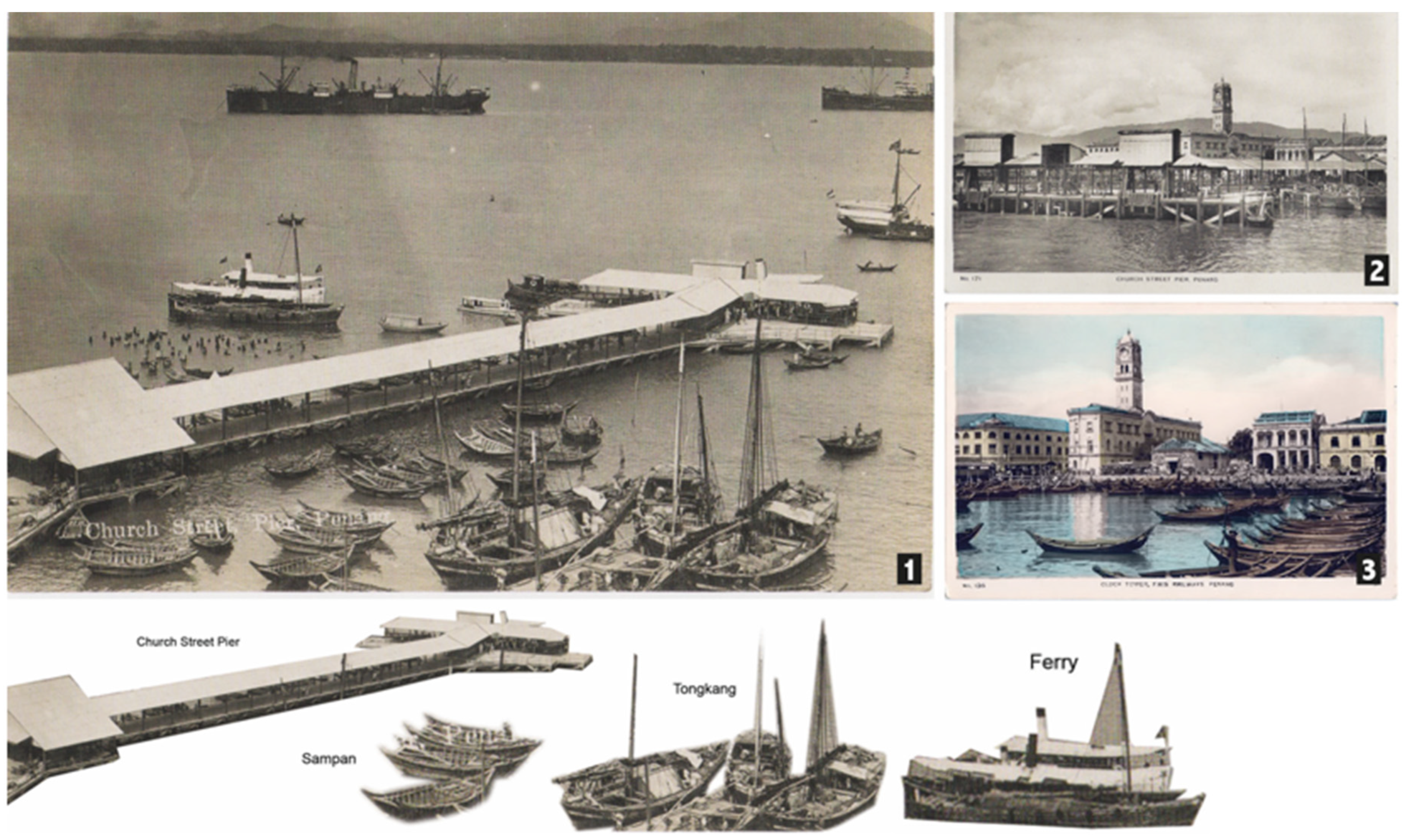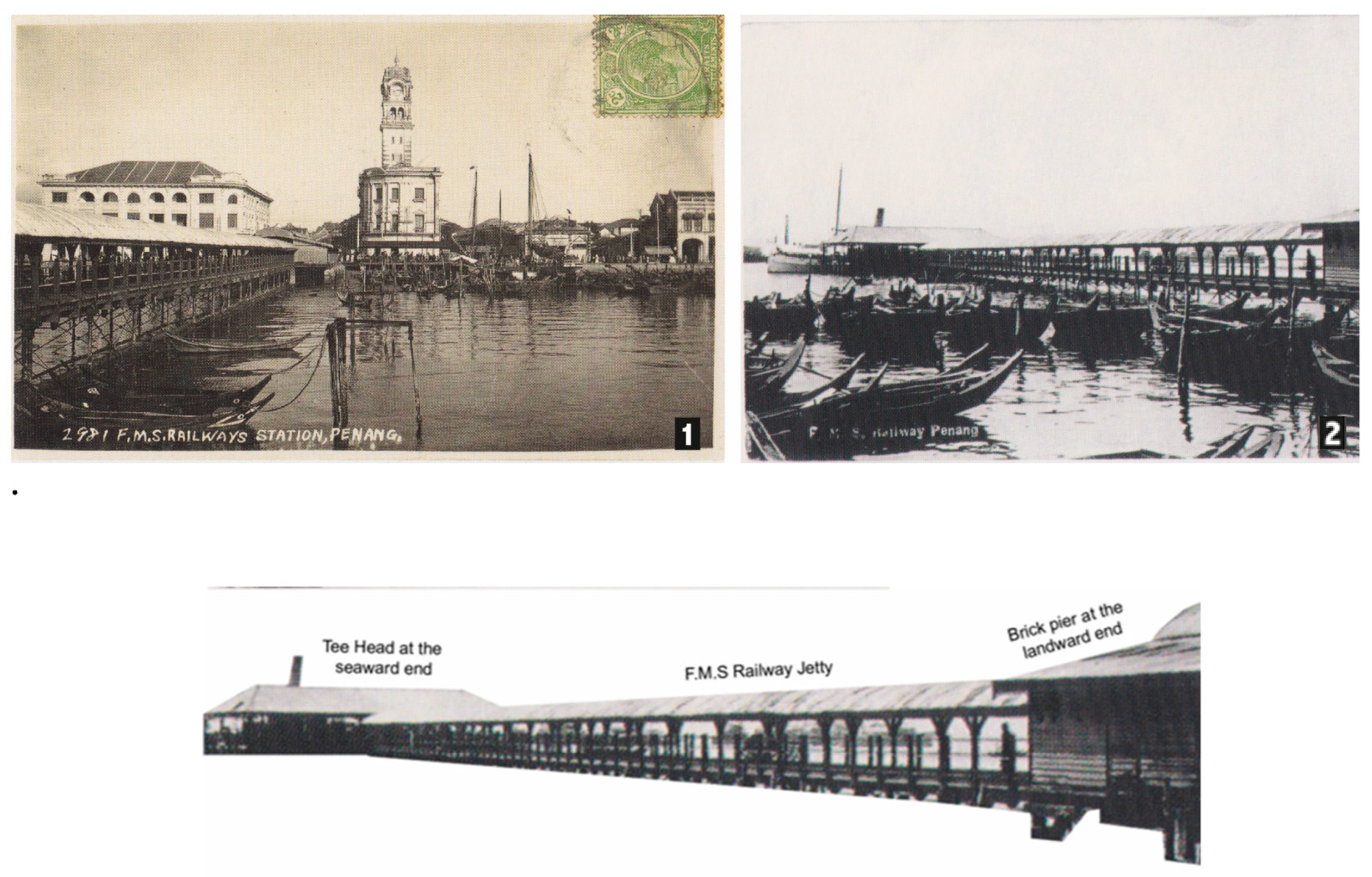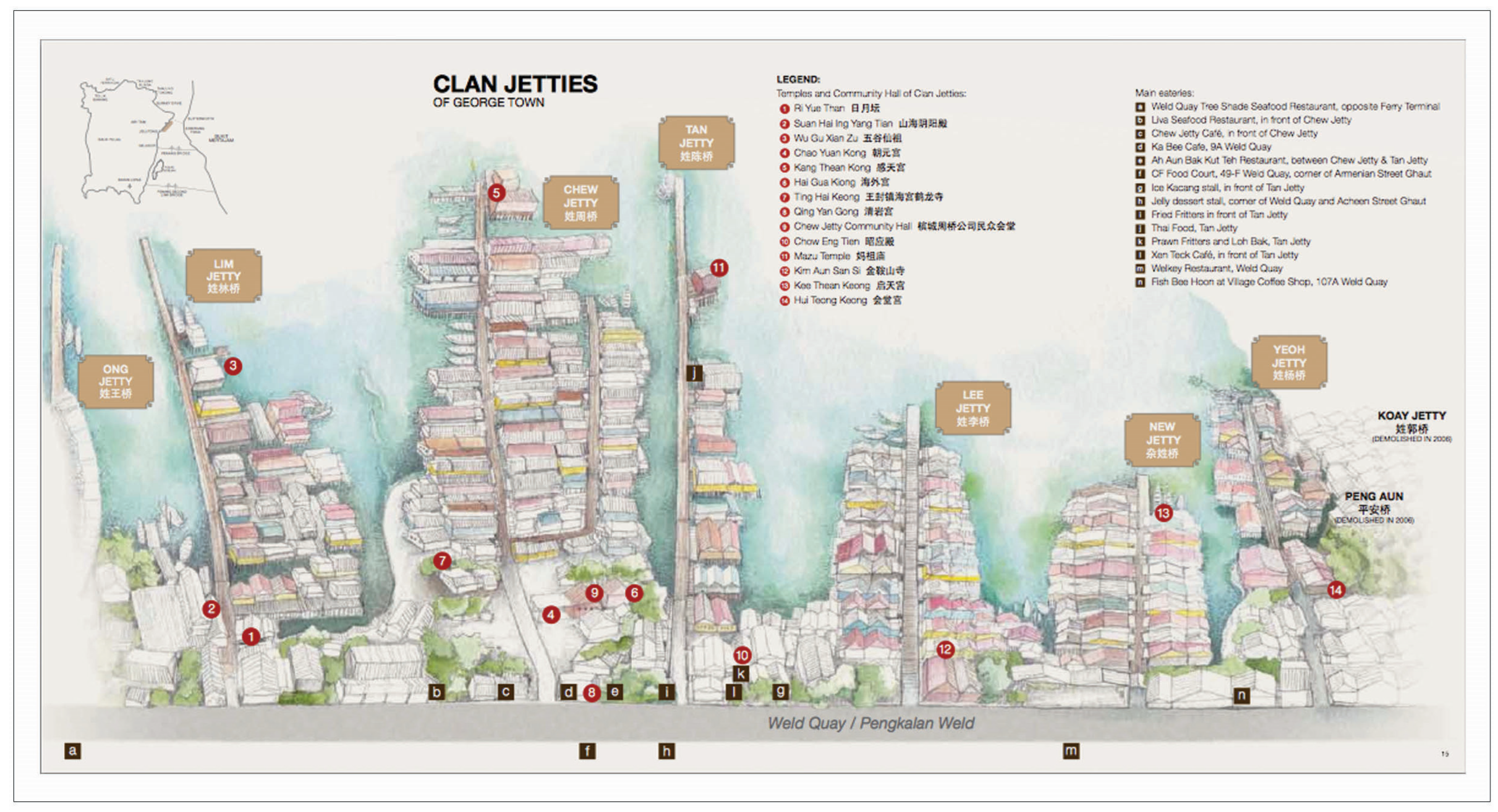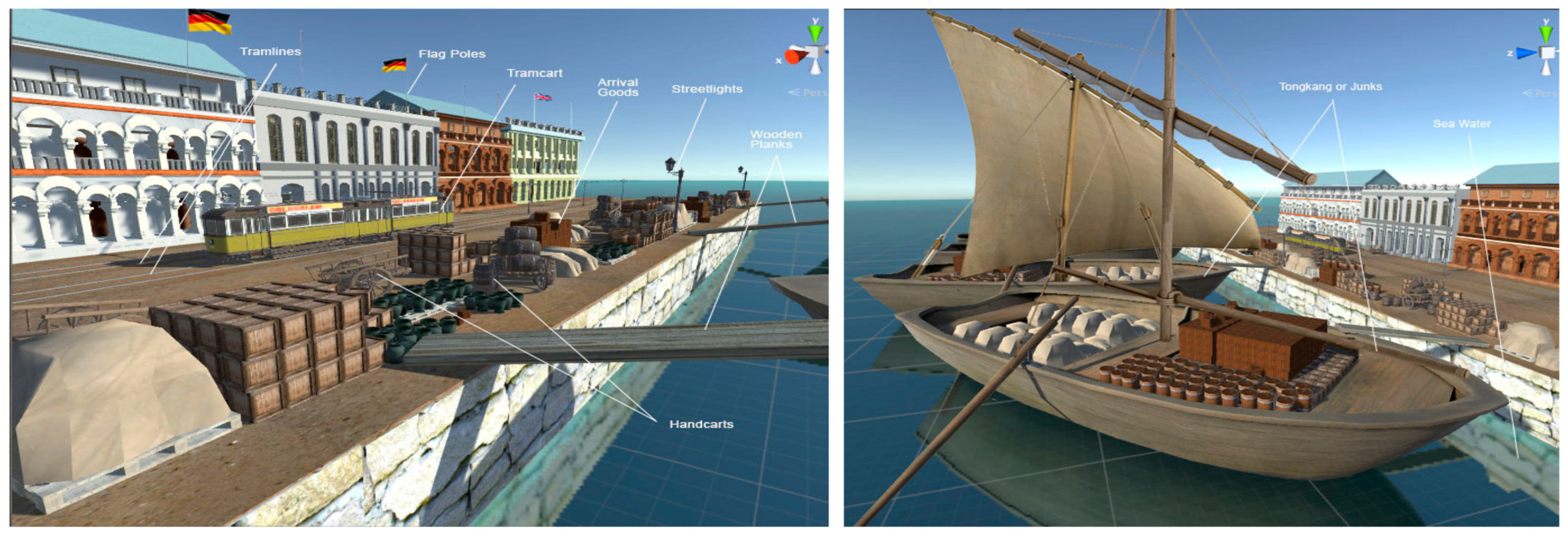1. Introduction
The study of cultural heritage is a substantial and exceptional field. The importance of cultural awareness has greatly developed during the 19th century. From a multidimensional perspective that encompasses both physical and intangible aspects, culture defines the achievements based on human intellect in terms of arts and other manifestations. We also recognise the importance of the UNESCO approach [
1], which acknowledges the significance of tangible structures, sites, and artifacts, as well as intangible elements such as traditions, customs, and practices. This inclusive approach allows us to capture the diverse range of cultural expressions and values associated with heritage.
The combination of culture and heritage is a sign of the growing spiritual and intellectual wealth of civilisation [
2]. Moreover, we also acknowledge the concept of heritage as a dynamic system and process. We recognise that cultural heritage is not static but rather evolves and interacts with various stakeholders and contexts over time. By adopting this “New Heritage” approach [
3], we aim to understand the broader socio-cultural, economic, and environmental dimensions of heritage and their significance within contemporary society. Thus, cultural heritage itself can be discerned as the key element to sustaining humanity, and also the representation of human values that leads to the formation and development of identities [
4].
As the century has progressed, the traditional ways of preserving cultural heritage have been substituted with digital computer technologies [
5,
6]. This substitution is particularly beneficial, especially for countries experiencing or facing war, as there is concern about the preservation of their heritage. Carelessness could lead to the loss of valuable objects and monuments. Ref. [
7] states that digitalisation could improve the preservation of valuable materials and the digital production of high-quality images, thereby avoiding wear and tear on fragile items.
From a technological perspective, digitalisation is the process of transforming analogue objects or elements into a digital form by adopting computer applications. In addition, digitalisation technology has provided opportunities for cultural institutions to preserve unique, precious, and valuable artifacts and resources. It also offers a better platform for institutions to share and publish their digitised documents and information about cultural heritage with a worldwide audience [
8]. By doing so, it provides sustainable protection for valuable tangible and intangible heritage by creating a useful substitute for the original. At the same time, digitised files can facilitate widespread access. With the aim of preserving ancient and past life to create awareness and interpretation for the public in the future, Digital Cultural Heritage is an innovative discipline that can also serve as a form of inheritance [
9,
10].
In terms of heritage tourism, most people either do not have enough time during their travels to see an entire site or lack the physical strength to visit all sites in one visit [
11]. In such cases, digitalisation provides them with the opportunity to virtually visit the site from their homes. Moreover, various audiences such as students, children, scholars, teachers, and elderly or disabled individuals can easily access and view cultural objects from remote destinations via a digital platform, thereby safeguarding and reminiscing about their heritage.
The concepts, projects, issues, and technologies related to digitalisation, especially in the context of cultural heritage, have been studied and discussed in the current era. Ref. [
12] also mentions that the use of technology to capture and convert items into digital forms, using hardware or software, provides opportunities for exploration without boundaries. Moreover, Ref. [
13] summarises that the initial goal of digitalisation is to enhance accessibility and preserve information using the most appropriate technology. The digitalisation of cultural heritage has significantly improved the accessibility of content by eliminating physical barriers. This ensures that digital content is available to a wider range of users, enables remote access, facilitates searchability, provides opportunities for implementing accessibility features, and promotes inclusivity and the democratisation of cultural heritage [
14]. Therefore, the digitalisation of cultural heritage has become possible for almost every cultural institution in various media and formats [
15].
The focus of our research is the Penang Harbour, with particular emphasis on Weld Quay. Weld Quay in Penang was named after Frederick Aloysius Weld, the Governor of the Straits Settlements in the 1880s. Penang is an island located on the northwest coast of Peninsular Malaysia, adjacent to the Malacca Strait, and it is now part of present-day Penang State in Malaysia. This historic and strategically located area has played a significant role in the region’s maritime activities for centuries. A brief overview of its history reveals that Penang was established as a British trading post in the late 18th century, attracting merchants from various parts of the world and becoming an important trade and commerce hub. Today, Penang continues to thrive as a dynamic centre for economic and cultural exchanges. With this geographical and historical backdrop in mind, our paper delves into the intricacies of Weld Quay and its significance within the broader context of Penang’s maritime heritage.
Weld Quay was the landing point for boats to unload their cargoes and passengers. It was reclaimed from the shallow seafront to connect all the ‘ghausts’. In 1882, the reclamation of the seashore contributed to construction at the waterfront and allowed the colonial government to distribute the load of trading traffic to the northern region. Later, these jetties were dominated and managed by a few groups of clan members for loading and unloading goods, as well as for mooring their
sampans. Moreover, Weld Quay has served as a historical trading and cultural exchange town for over 500 years, facilitating interactions between the East and the West [
16,
17,
18].
Weld Quay represented Penang’s halcyon days and was regarded as one of the significant places in Penang. It served as an entrepôt for the northern regions of Malaya, Sumatra, Southern Thailand, and others during the 19th century. It is also well-known as a centre of history, commerce, and multiculturalism, where various ethnicities can be found. However, Weld Quay lacks proper documentation regarding the past life of the trading port and commercial centre, particularly in the early 19th century, which is considered the peak time of Weld Quay’s development, and especially in intangible aspects.
According to Ref. [
19], intangible cultural heritage (ICH) is a valuable and delicate asset. In our research, we recognise and emphasise the significance of both tangible and intangible cultural heritage. Tangible cultural heritage refers to physical structures, sites, artifacts, and objects that hold historical, artistic, archaeological, or anthropological value. This includes historical buildings, archaeological sites, works of art, monuments, cultural landscapes, and collections of artifacts housed in museums or archives. Intangible heritage encompasses traditions, knowledge, practices, and expressions that are passed down from generation to generation. This includes oral traditions, performing arts, rituals, social practices, traditional craftsmanship, and other forms of intangible cultural expression. However, even if such information exists, it is often fragmented and lacks proper classification.
Since there is a lack of proper information and preservation efforts evident in Weld Quay, the safeguarding of cultural heritage, especially intangible heritage, has become even more significant nowadays [
18,
20]. Therefore, a series of sources and platforms have been identified to trace back the past life of Weld Quay. It is essential to delve into the complexities and interplay between tangible and intangible heritage, as they both shape and are shaped by social, cultural, and historical contexts. By exploring these interrelationships, we can gain insights into the values, identities, and sense of belonging associated with cultural heritage.
However, it should be noted that this research area will not focus on the entirety of George Town, but specifically on the Weld Quay trading port. Furthermore, the research aims to gather the necessary data that existed in Weld Quay during the early 19th century, prior to the Japanese occupation and World War 2.
2. Similar Work
There are many types of transportation heritage that have been preserved or are currently being preserved around the world. The list maintained by UNESCO’s Convention for the Safeguarding [
21] includes various projects and programmes registered for preservation, such as the traditional oxcart and the Oselvar boat. The carreta, a traditional oxcart, was used to transport coffee beans from Costa Rica’s central valley to the Pacific coast town of Puntarenas, crossing the mountains in the process [
22]. The Oselvar boat was the primary mode of transportation in western Norway during the 1940s [
23]. At that time, owning such a mode of transportation often symbolised social status. However, these modes of transportation have become obsolete. To safeguard these heritages, many revitalisation efforts have been undertaken. For instance, over 85 Oselvar boats have been rebuilt, and 40 boats have been repaired to educate people about the traditional boat-building process and to utilise them in the modern world.
In addition, the classic American cars of Havana have been preserved in Cuba since the 1950s due to the trade embargo with the United States, which prevented the importation of new cars [
24]. Other examples of transportation heritage preservation include the utilisation of Rongphy Monastery donkeys in Tibet for transporting supplies and people [
25,
26], the Gondola di Venezia boats in Italy for navigating the canals of Venice [
27,
28], the world’s last sea-going Paddle Steamer Waverley in Scotland, which has been in operation since its construction in 1946 [
29], and the Darjeeling Himalayan Railway in India, which was built in the late 19th century and is still in operation today [
30].
In Indonesia and Melaka, Malaysia, trishaws that have existed since 1930 are preserved as a means of traditional transportation for tourists to enjoy the beauty of the city [
31]. Although rickshaws in Japan are no longer widely used, traditional rickshaws can still be seen in some parts of the country, especially in tourist areas [
31,
32]. However, in Penang, the 126-year-old ferries, which are rich in the state’s heritage and history since 1894, have been discontinued [
33]. This realisation highlights the importance of safeguarding one’s own heritage [
34,
35], whether in physical or digital form, to enable us to understand our past and how our society has evolved.
The aim of this research is to digitally preserve and promote the historical and cultural context of important transportation in Weld Quay, a multicultural trading port in Penang. The study utilises narrative interviews as primary sources and relevant visual materials as secondary sources to synthesise the information into visualisations of the old transportation methods used in the 19th century in Weld Quay, Penang, which served as an entrepôt for trading purposes. Narrative interviews are an effective way to gather information through individual experiences. They can be conducted with eyewitnesses, experts, community members, or individuals who have experienced significant historical events. Oral testimonies can be collected through audio or video recordings, allowing people to share their stories, memories, and perspectives on specific events or historical periods. The main outcome of this study is expected to be photorealistic visualisations of artifacts that convey information about the historical and cultural context of important transportation in Weld Quay. These visualisations aim to enhance the understanding and awareness of transportation heritage among the Penang communities.
3. Methods
In our research, we employed an interview methodology (as shown in
Figure 1) to gather qualitative data and insights from relevant stakeholders. The target group of our study included residents, cultural heritage professionals, policymakers, and stakeholders involved in the management and conservation of cultural heritage within the selected region. The primary reason for choosing this method was to gain in-depth understanding and perspectives directly from individuals who have firsthand knowledge and experience related to our research topic. Interviews provide an opportunity for participants to share their thoughts, narratives, and subjective interpretations, which can be invaluable in uncovering nuanced information and capturing the complexity of cultural heritage.
The advantages of interviews include the ability to generate rich, detailed, and contextual data. Through open-ended questions and probing techniques, we were able to explore participants’ viewpoints, motivations, and personal experiences, enabling us to uncover insights that might not be easily captured through quantitative or document-based methods alone. Interviews also allowed for flexibility, as we could adapt the questions and follow-up based on the responses received, ensuring a more comprehensive understanding of the topic.
However, it is important to acknowledge the limitations and potential disadvantages of interviews. One potential risk is the influence of social desirability bias, where participants may provide responses that they perceive as socially desirable rather than their true beliefs or experiences. To mitigate this, we took steps to establish rapport, create a comfortable environment, and assure participants of confidentiality to encourage open and honest responses. Additionally, interviews are resource-intensive, requiring significant time and effort in recruitment, data collection, transcription, and analysis.
To ensure the quality and accuracy of the data collected through narrative interviews, despite having a small number of suitable informants, we developed a comprehensive interview guide that outlines the questions to be asked and the topics to be covered. This ensures that all informants are asked the same questions, and important topics such as their personal experiences, memories, and perceptions of events are not overlooked.
In terms of scope, our research aims to explore both tangible and intangible heritage elements, including historical transport and oral traditions. Some topics covered in the narrative interviews related to transportation heritage include: memories of traveling on specific modes of transportation, such as trams, trains, buses, or boats, and how they have changed over time; recollections of specific transportation routes, stations, terminals, or stops, and the impact they had on the surrounding community; stories about the people who operated or maintained the transportation systems, including their skills, personalities, and daily routines; anecdotes about the role of transportation in social, economic, or cultural life in Weld Quay; memories of transportation-related events, such as celebrations, and their impact on the multicultural community; perceptions of how transportation has shaped the development of a city or region, and how it continues to influence urban planning and design. These personal experiences, memories, and perceptions can provide valuable insights into the historical and cultural context of transportation heritage and help enrich our understanding and appreciation of this aspect of our collective heritage.
This qualitative research used a non-probabilistic, purposive sampling method as it involved selecting individuals who were specifically chosen because they have knowledge or experiences relevant to the research topic. In this case, the individuals who were interviewed were selected based on their knowledge of the old transportation situations in Weld Quay and their ability to share their personal experiences and perceptions of transportation heritage. The interviewers were trained and experienced in conducting interviews; they took detailed notes to supplement the audio recordings that captured the complete conversation, including non-verbal cues, which can be important for data analysis. The audio recordings were transcribed within 24 h.
The primary method of data collection in this research was through narrative interviews, which were conducted with individuals who have knowledge of the old transportation situations in Weld Quay, a cultural heritage centre in the 19th century. The aim of these interviews was to extract life stories of the past and share experiences regarding the cultural heritage of the older days. These interviews were considered the most relevant approach for narrative analysis as they provide rich, in-depth, and personal insights into the cultural and historical context of the transportation heritage in Weld Quay.
In addition to the narrative interviews, visual data collection was also used to support the analysis of the primary data. This included visits to museums or galleries, the examination of physical materials such as postcards, brochures, books, old photographs, dioramas, mural paintings, and sculptures, and the use of virtual output from websites, online articles, online archives, and blogs. These visual data sources are used to provide supporting evidence for the interview data and to enrich the understanding of the cultural and historical context of the transportation heritage in Weld Quay. The findings of the research were derived through a comparative analysis of both the primary and secondary data.
4. From Stories to Data Analysis
Narrative analysis involves not only the content of what is communicated but also the way it is conveyed. It can be seen as a traditional form of communication that serves in transmitting subjective experiences from the informant to the interviewer. According to [
36], narrative interviews can be regarded as unstructured tools. Therefore, the interviewer should minimise their own influence in the narrative since the idea of social contexts is delivered from the perspective of the informants. Ref. [
37] also highlights the importance of the interviewer using language that is easily understood by the informant or allowing them to express themselves in their own spontaneous language, as it can help reveal the informant’s perspective most effectively. Many researchers have used similar methods to seek the stories and specific contexts they are interested in.
On the one hand, Ref. [
38] argues that narrative interviews can be conducted in structured, unstructured, or even semi-structured forms. The structured interview uses closed questions similar to a questionnaire, while the unstructured interview is more observational in nature. Meanwhile, the use of these two types of interviews along the continuum can be described as “semi-structured”. In the case of semi-structured interviews, the interviewer designs key questions, and the informant could review the questions prior to the interview. The informant then uses the questions as prompts to share their story in their own language or spontaneous manner.
On the other hand, visual analysis is defined as understanding visual culture and seeking representation through visual data [
39,
40,
41]. Visual analysis involves not only techniques for collecting primary data through video and photography [
42], but also techniques for analysing data [
43]. In this paper, both narrative interviews and visual analysis are applied as primary data and secondary sources.
In this research, two types of interview approaches, namely semi-structured and face-to-face, were conducted. The main reason for using both approaches was to effectively elicit more stories from the informant, specifically to explore their in-depth experiences related to transportation heritage and the situations in old Weld Quay during the 19th century. Additionally, these approaches aimed to trigger the informant to share more interesting stories and remarkable moments of using the old transports.
Firstly, key questions were designed and sent to the informant via email or through social media platforms such as WhatsApp (Version 23.12.76), Telegram (Version 9.6.3), or WeChat (Version 8.0.38). All the questions were sent to the informants prior to the interview, allowing them enough time to understand and prepare the content.
The interviews were generally conducted at the Penang Heritage Trust in George Town, which was easily accessible for the informants. The semi-structured approach was set up as a natural exploratory conversation. During the interview, the interviewer initiated the conversation with casual talk to establish rapport with the informants. Furthermore, the interviewer ensured that the informants felt free to diverge from the topic in a natural and unrestrained manner.
The informants were selected based on some inclusion criteria, as follows:
Individuals who had resided or worked in Weld Quay or nearby areas for a substantial period, to offer an insider’s perspective on the transportation heritage of the region.
Individuals who possessed personal experiences and memories associated with transportation heritage, such as traveling on specific modes of transportation or being employed in transportation-related occupations.
Individuals who had a good understanding of the cultural and historical context of transportation heritage in Weld Quay, and who could provide insights into its significance and impact on the community.
Regarding the exclusion criteria, individuals who did not meet the aforementioned inclusion criteria could be excluded from the study. For instance, individuals who lacked familiarity with the transportation heritage of Weld Quay or who lacked personal experiences or knowledge related to the topic may not have been suitable for inclusion. However, it is crucial to ensure that the exclusion criteria are not excessively restrictive in order to avoid excluding potentially valuable perspectives and insights.
For this research, two informants, namely Informant A and Informant B, were selected to participate in the interviews. The interviews were conducted separately on two occasions. Having only two respondents may be viewed as a limitation of this research, as it limits the diversity of perspectives that can be obtained. However, it is important to note that the quality of the data obtained through narrative interviews often depends more on the depth and richness of the information shared by the respondents, rather than the number of respondents [
11]. If the two respondents can provide rich and diverse perspectives on the transportation heritage of Weld Quay, their insights can still contribute valuable insights to the study.
4.1. Narrative Stories of Informant A
As Informant A grew up, he developed an interest in his father’s business and was assigned tasks related to negotiating and coordinating with suppliers in China and Hong Kong regarding food ingredients. In the past, whenever goods arrived for disposition, Informant A would file a report at the customs office before collecting the goods at the port. Consequently, he had the opportunity to witness transportation activities that took place at the port in the past.
According to Informant A, tongkangs (traditional cargo boats) and sampans (small traditional boats) were anchored next to the Swettenham Pier, with godowns (warehouses) situated near the Post Office. The majority of goods loading and unloading activities occurred in that area. During that time, larger cargo steamships did not dock at the Swettenham Pier due to the high mooring fees. Instead, they would anchor in the middle of the sea, approximately half a kilometre away from the port. The Swettenham Pier was typically used by cruise ships that carried passengers from overseas. Informant A also recollected that this situation persisted until the 1950s and 1960s. Goods were manually transferred from the steamships to small boats in the middle of the sea. Tongkangs and sampans were used to transport the goods from the larger steamships to the port. The tongkangs and sampans would shuttle back and forth until all the goods had been successfully transported. Consequently, a significant number of labourers were required to work at the port during that time. Their working hours were not fixed; they would work whenever there were goods to be carried or transported, regardless of whether it was day or night or during high tide or low tide.
“Yes, they were called tongkang or sampan. I have some memories of this scene, as it continued until the fifties and sixties. When the ship arrived in Penang, it would stop at a distance from the port, and then goods were transferred to the small boats. All of the goods were carried manually in those days. Then, the tongkang and sampan would return to the port for the unloading of goods...”
(Inf A, 18a-L31)
“They worked whenever there were goods to load or unload. They would work until the goods were completely unloaded. The tongkang or sampan would go back and forth whenever there were goods to be transported.”
(Inf A, 18b-L70)
“It doesn’t matter. They were able to work in both conditions. During high tide, the ship would be higher than the ground level.”
(InfA, 18c-L71)
When the tongkang or sampan arrived at the port, wooden planks were placed between the tongkang and the port to serve as pathways for the labourers to transport goods. These planks had multiple functions and were highly advantageous for the workers. Each labourer was tasked with carrying goods weighing over 100kg on their backs. As they walked on the planks with the heavy loads, the planks would bounce up and down. This bouncing motion made it easier for the workers to move forward effortlessly. Informant A spoke highly of the intelligence and diligence displayed by these workers in utilising the bouncing force of the planks to their advantage.
4.2. Narrative Stories of Informant B
After the reclamation of the area, numerous piers were constructed and extended along the waterfront and Swettenham Pier. Swettenham Pier, located at the southern end of Weld Quay, was specifically built to accommodate larger ships such as cruises and cargo steamships. However, according to informant B, not all ships would dock at Swettenham Pier due to the expensive mooring fees. Instead, cargo ships preferred to anchor in the middle of the sea-lane and transfer the goods to the tongkang and sampan vessels parked nearby. The tongkang would then transport the goods back to the piers. This method was considered cheaper and more efficient during that time. The reclamation and expansion works were completed in 1904, leading to significant constructions and buildings in Weld Quay that elevated Penang’s status. Examples include Swettenham Pier, Church Street Pier, Victoria Pier, F.M.S Railway Jetty, and various warehouses. Many environmental settings underwent transformations, with buildings being demolished and certain areas being reconstructed. One notable example is Beach Street, which was previously narrow but was expanded during the reclamation.
Informant B mentioned that landing jetties also developed over time on the foundations of the pre-reclamation “ghauts” (pier). These jetties were established by the colonial government for loading and unloading goods as well as mooring tongkang vessels. Simple sheds were initially built on these jetties to provide shelter and resting spaces for those waiting for the arrival of tongkangs. The jetties, built above the sea, consisted of wooden bridges connected by planked walkways. Over time, the sheds were converted into residential houses, and the number of houses increased accordingly. The occupants of these jetties were predominantly descendants from the coastal villages of southern Fujian Province in China, particularly of Hokkien descent. They differentiated themselves into different clans based on their surnames, which is why the jetties became known as Clan Jetties.
According to Informant B, Chinese and Indian stevedores engaged in goods transportation, loading, and unloading activities, primarily during high tide periods. When the sea level rose, the stevedores would place planks between the tongkang and the port, making it easier for them to carry heavy goods on their backs while walking down to the port. Conversely, the stevedores would rest or temporarily cease their work during low tide periods. This was because it was difficult for them to climb up to the port with heavy goods when the planks were lower on the tongkang side.
“Yeah! But you have to wait until high tide, low tide also cannot...yeah...high tide. Then...err... this... err... their planks will put at the tongkang. If let say low tide, it is too steep, they cannot... So only like noon time...the high tide...”
(Inf B, 13-L52)
Therefore, the most favourable working hours for them were around noon, specifically from twelve to one o’clock. Informant B also mentioned that the stevedores during that time were not particularly diligent, and they did not work for the entire day. Instead, they only worked during the high tide period, which typically lasted for two to three hours.
“Usually they try to get a very high tide, which means is about 12 to 1 o’clock...very high tide...only certain hours”
(Inf B, 14a-L54)
“They don’t work 24 h...no! Low tide cannot!”
(Inf B, 14b-L55)
“Once the high tide... I think 2 to 3 o’clock, then they start to go...cannot already. So it’s a good observation...”
(Inf B, 14c-L57)
“In those days, people are not that hardworking, a lot of rest.”
(Inf B, 14d-L59)
4.3. Visual Data
The visual data collected included seven locations that served as a connected pathway for the transportation of goods in the entrepôt. These locations were Swettenham Pier, the godowns or warehouses built around the pier, Victoria Pier, Weld Quay Waterfront, Church Street Ghaut Pier, F.M.S Railway Jetty, and the Clan Jetties. These locations provide insights into the transportation situations and the cultural and historical context of the entrepôt during the older days.
4.3.1. Location: Swettenham Pier
Figure 2 depicts Swettenham Pier, located at the front northern end of Weld Quay. Several old postcards and black-and-white pictures were discovered, providing evidence of various transportation situations during that period.
Originally, Swettenham Pier served as a deep-water wharf for mooring modern ocean ships. Following the reclamation, the Straits Settlements government fully developed it by 1909. It primarily handled regular import and export activities, moored large cargo liners and steamers for unloading substantial goods such as elephants and tobacco tins, and accommodated the arrival of passengers and migrant workers. The transportation situations are further depicted in
Figure 3,
Figure 4 and
Figure 5.
When goods arrived on steamers, stevedores would load them onto either tram carts or bullock carts. The two types of carts were used for transporting goods, with bullock carts primarily delivering them to the nearby godowns or warehouses.
Figure 6 illustrates the presence of tram tracks and bullock carts on Swettenham Pier.
4.3.2. Location: Godowns or Warehouses
During the earlier era, the arrival goods were transported to storage facilities known as godowns or warehouses, as depicted in
Figure 7. As land reclamation progressed, new and more modern-looking godowns were constructed in various areas near Swettenham Pier. Indian labourers utilised handcarts and bullock carts to transport goods from other ports and piers to the godowns. The godowns were positioned on both the left and right sides of Victoria Pier, allowing them to be present on both sides of the pier. Lighters and
tongkangs would moor alongside the foreground of the godowns.
4.3.3. Location: Victoria Pier
Victoria Pier is located at the end of Downing Street, and godowns can be observed on both sides of the pier.
Figure 8 illustrates the transportation situations at Victoria Pier.
Figure 9 provides additional insights into the transportation activities at Victoria Pier. The image demonstrates that there were godowns located on both the left and right sides of Victoria Pier. Moreover, Victoria Pier served not only as a place for unloading goods, but also as a disembarkation point for passengers. Additionally, the presence of bullock carts and horse-drawn trams passing in front of Victoria Pier indicates their usage in delivering arrival goods.
4.3.4. Location: Weld Quay Waterfront
The most prominent sight along the Weld Quay Waterfront was the presence of boats, tongkangs, and lighters moored along the waterfront. It was a bustling scene, with labourers engaged in the loading and unloading of various arrival goods, including raw sugar, cotton goods, ready-made clothing, hardware, and ironware. These goods were then transported to awaiting horse carts, bullock carts, and handcarts for further distribution.
4.3.5. Location: Church Street Ghaut Pier
Figure 10 depicts the transportation scene at Church Street Ghaut Pier. This pier was constructed between 1897 and 1898 and was located across from Buildings No. 4 and 5 at the end of Weld Quay Waterfront. Initially, it served as a lighter basin. Over time, Church Street Ghaut Pier was replaced by Church Street Pier when the lighter basins were shifted to Swettenham Pier. Eventually, Church Street Pier became known as the Ferry Pier, providing ferry services between the pier and Butterworth, transporting both passengers and motor vehicles. The area between Church Street Pier and the Railway Pier was sometimes referred to as the “sampan harbour,” as it was where smaller sampans, lighters, and
tongkangs would dock and unload goods.
4.3.6. Location: F.M.S Railway Jetty
Figure 11 showcases the transportation scene at F.M.S Railway Jetty. The railway ferry service was introduced from Prai in 1899, and the Railway Jetty was constructed in 1901, specifically for the docking of ferry steamers. It spanned approximately 644 feet in length, making it the longest jetty along Weld Quay. The Tee head had a corrugated roof and was supported by screw piles with a timber deck.
4.3.7. Location: Clan Jetties
Figure 12 depicts the transportation scenes found at Clan Jetty. These jetties became residential areas in the late nineteenth century, primarily inhabited by Hokkien immigrants. The Clan Jetties can be regarded as water villages, with houses constructed above the sea and connected by planked walkways.
From 1880 to 1887, the reclamation of the city’s seashore and the physical construction of the waterfront were underway. During this time, landing jetties gradually grew in number to accommodate the loading of goods and passengers, effectively managing the trading traffic further north. Eventually, these jetties were discovered and accepted by various clan members. Initially, simple sheds were built to provide shelter for those waiting for the arrival of larger cargo tongkangs and as resting places. Over time, these sheds were converted into residential houses for the Chinese communities.
In the early 20th century, the jetty settlements began to expand, and the occupants of the clan jetties were descendants from the coastal villages of southern Fujian Province in China. As the communities grew, additional structures were erected, serving both as workplaces and residences. Each jetty resident was identified by their respective Chinese surnames. There were seven Clan Jetties, namely Ong, Lim, Chew, Lee, Tan, Yeoh, and Koay Jetties, as depicted in
Figure 13. Moving towards the southern part of George Town, Ong Jetty was the first jetty lining the coast off Weld Quay. However, it remained primarily a work jetty and did not transition into a residential settlement. Only communal lounging sheds were constructed there. Lim Jetty was previously a much larger settlement, with 42 buildings. In December 1945, it was severely damaged and destroyed during a Japanese bombing raid in World War II. Subsequently, the reconstruction of Lim Jetty slowly began after the war. Chew Jetty, on the other hand, was the largest village among the Clan Jetties. This jetty also offered boat shuttle services for the public to access other ships anchored in the middle of the sea-lanes. In addition to Chew Jetty, Tan Jetty, Lee Jetty, New Jetty (catering to people with different family names), Yeoh Jetty, Peng Aun Jetty, and Koay Jetty were also built. However, Peng Aun Jetty and Koay Jetty were both dismantled for a new housing development project in 2006, resulting in the dispersal of the entire communities.
5. Results and Discussion
After transcribing the audio recordings and analysing the visual data, we categorised the nine locations based on recurring themes and patterns related to transportation and shipping. The information provided by the informants was used to create
Table 1, which summarises the transportation situations and infrastructure or architectural heritage in the Weld Quay Waterfront area. We synthesised and listed the elements of the transportation situations that existed in the surrounding area of Weld Quay Waterfront by referring to both primary and secondary data for the digitalisation work. Furthermore, we identified the relationships between the interviews and the visual data in relation to transportation and infrastructure heritage. To ensure accuracy and avoid bias or errors in the visualisation, it is necessary to compare our findings with existing literature or other sources of data. This comparison will help validate the information and provide a more comprehensive understanding of the transportation and infrastructure history in the area.
The recovery of historical heritage through oral sources and individual experiences is a valuable methodology for preserving and documenting collective memory. To ensure an ethical and respectful approach, we conducted interviews with two informants and gathered supportive visual data. Additionally, we consulted the Interpretative Centre of George Town World Heritage Incorporated for oral history documentation related to transportation.
The oral history documentation consisted of contributions from twelve individuals, namely Mr. Ramian a/l Ragawan (1934), Mr. Haji Mohd Non bin Din (1943), Mr. Mohammad Eusoff bin Abd Aziz (1946), Mr. Nelamegam s/o Malairaja (1949), Mr. Thannimalayan a/l Sundram (1935), Mr. Muniandy Suppiaht (1940), Mr. Haji Abdul Aziz (1939), Mr. Mustafa Ali R. Jumabhoy (1929), Madam Wan Tuh binti Hanif (1949), Mr. Musar bin Mat Ias (1942), Mr. Haji Shamsudin bin Haji Mahmud (1950), and Mr. Jainol Abdeen bin Muhaiyadeen (1928). We referred to them as Informants C to N. All these individuals were born between 1928 and 1950 and experienced life during the British and Japanese colonial periods.
In addition to the previously identified heritage transportation modes such as cruise ships, tongkangs, tram carts, and bullock carts, the oral history documentation revealed other important modes of transportation mentioned by Informants C to N. These modes were primarily related to the shipping, bus, and trading industries, which aligned with the information provided by Informants A and B and was supported by the visual collections.
Informants C and D were former bus drivers, with Informant C joining the bus driving service in 1956 and retiring in 1989. Both informants started as bus conductors before becoming bus drivers, and Informant D specifically mentioned the differences between diesel buses and trolley buses. They expressed a preference for trolley buses due to their cleanliness and quietness, as they were powered by electric motors connected to overhead wires. However, diesel buses offered more flexibility in terms of route planning, especially in areas without overhead wires, making them better suited for certain situations. The trolley bus service ceased in 1957, and with more people owning cars the landscape of transportation changed.
Informant D also described the use of a “trunk box” for carrying goods during travel, which symbolised the prosperity of people during that time. This additional information contributes to our understanding of transportation history and provides insights into the daily lives and experiences of individuals during the period in question.
Informants G, K, and L, who were bus conductors, highlighted the risks associated with their work, as they had to stand and move around the bus while it was in motion. Informant G specifically worked as a diesel bus conductor for 24 years, indicating a long period of experience in the field. Informants F and N began their careers as labourers, with Informant F ceasing this work when Indian ships stopped coming to Weld Quay and carrying gunny bags. Informant N, on the other hand, progressed to become a foreman and eventually started their own business supplying gears. Informants I, J, and M were involved in the shipping industry. Informant M worked as a ship and ferry driver, while Informants I and J operated their own shipping companies. Informant I ran haj ship services at Acheen Street, catering to pilgrims, and mentioned that the transportation of pilgrims’ belongings to the ship’s warehouse was undertaken using lorries and wheelbarrows. Informant J ran Jaladurga and Jalagopal ship services, which provided passenger services and transported commodities such as sago flour, tuna, and onions. Informant E had a diverse career path, starting as a net and tarpaulin repairer before transitioning to become a rigger, responsible for fixing broken wires on ferries. Later, they became a forklift driver and eventually a crane driver, reflecting the evolving transportation industry, which shifted from water-based to a fusion of water and land-based transport. Informant E retired in 2001 after witnessing significant changes in the industry. These accounts from various informants provided valuable insights into their personal experiences and the roles they played within the transportation and shipping sectors. The risks, transformations, and diverse occupations within the industry were highlighted, contributing to a deeper understanding of the transportation landscape in the area.
Based on the above analysis, the earlier part of the 19th century witnessed the presence of various vehicles and modes of transportation, such as steamers or cruises, tongkangs or junks, handcarts, and tramlines with tram-carts. In the digital reconstruction of the old transportation systems, it is crucial to consider not only the vehicles themselves but also the surrounding locations and the situations around the piers, offices, streets, and jetties. These elements are indispensable in experiencing and appreciating the daily activities and the utilisation of the port during that time. Without capturing the real atmosphere of the past, there is a risk of presenting a deserted environment, whereas in reality, the entrepôt was bustling and occupied. Architecture heritage, including piers, jetties, and wooden planks, played a significant role in ports and harbours, facilitating trade and transportation throughout history. The arrival of goods is an integral part of the logistics and operational aspects of transportation, involving the movement and handling of goods from one place to another.
To visually recreate the past environment, the downloaded elements were arranged to depict the surroundings of the buildings, based on the researched scenes of the Weld Quay Waterfront, as shown in
Figure 14. Directly in front of the merchant houses, there were street roads and tramlines, where transportation vehicles like tramcarts and handcarts were present. During high tide, fully loaded
tongkangs and junks would moor alongside the waterfront, and labourers would move on wooden planks placed between the
tongkangs and the foreground to unload the arrival goods. Consequently, a large quantity of arrival goods can be observed alongside the waterfront, while inhabitants, including labourers, boatmen, and people from different ethnic groups, can be seen working or walking along the Weld Quay Waterfront.
The boat depicted in
Figure 14 (right) has been accurately modelled after a typical junk vessel from the corresponding historical period, representing the maritime transportation methods used during that era. These reconstructions were informed by a combination of sources, including interviews with local experts and the compilation of visual images from various archives.
6. Conclusions
It is true that heritage is not solely objective, as it is rooted in historical and cultural contexts that can be objectively studied and analysed. However, it is crucial to acknowledge that heritage is also a deeply personal and emotional subject for many individuals, and understanding the subjective experiences and perspectives of communities is vital in studying heritage. While this research has resulted in the visualisation of the environment in Weld Quay, it does not specifically address the issues of the preservation and restoration of historical transportation heritage. Instead, this research has employed anthropological methods to focus on understanding how different communities value and utilise their transportation and infrastructure heritage, as well as exploring the meanings and significance that these heritages hold.
The preliminary visualisation work on Weld Quay’s old transportation heritage, encompassing its cultural and historical contexts, aims to portray the environment during its heyday. Valuable information has been extracted from primary and secondary sources to interpret Weld Quay as a multicultural entrepôt in the 19th century. The data collected include not only information about the vehicles but also details about the surroundings at various locations such as Swettenham Pier, godowns, government offices, Victoria Pier, Downing Street, Weld Quay Waterfront, Church Pier Street, Railway Jetty, and Clan Jetties, where steamers or cruises, tongkangs or junks, handcarts, and tramlines were present. This visualisation seeks to capture the vibrant atmosphere of old Penang.
However, it is important to note that the reconstruction of Weld Quay’s old transportation heritage heavily relies on cross-referencing the interview and visual data, which may introduce a limitation as it involves intellectual guesswork in the creative visualisation of transportation situations, with a focus on the main vehicles. For future work, the documentation of other tangible and intangible heritages, such as the inhabitants, architectural buildings, garments, and languages, should be considered, either in physical or digital forms.
As a conclusion of this research, the preliminary work of digitally reconstructing Weld Quay’s old transportation heritage can be considered successful. Primary and secondary sources of information have been collected and interpreted to extract significant details about the historical and cultural context of the area. The reconstruction of transportation heritage encompasses not only the vehicles but also the situations at various locations such as Swettenham Pier, godowns, government offices, Victoria Pier, Downing Street, Weld Quay Waterfront, Church Pier Street, Railway Jetty, and Clan Jetties. This reconstruction provides a visualisation of the bustling atmosphere of Penang in the past.
However, there is a limitation to this reconstruction method, as it relies on cross-referencing interview and visual data. This necessitates the application of intellectual guesswork in the creative process of visualising transportation situations, with a primary focus on the main vehicles. This limitation implies that there may be some discrepancies or gaps in the accuracy of the reconstructed information.
To address this limitation, future work should concentrate on documenting other tangible and intangible heritages, such as the inhabitants, architectural buildings, garments, and languages. These heritage assets can be documented in physical or digital forms, allowing for a more comprehensive understanding and visualisation of the historical and cultural context of Weld Quay. Preservation in digital forms will involve exploring various techniques to enhance the visual representation of historical scenes. This will encompass a multidimensional approach, utilising a combination of 2D images, 3D models, and potentially immersive technologies such as virtual reality (VR). By employing these methodologies, we aim to provide a more immersive and comprehensive understanding of the maritime heritage under investigation. Overall, the importance of digitally preserving cultural heritage is emphasised, encouraging further research in this area to ensure the preservation of heritage for future generations.

